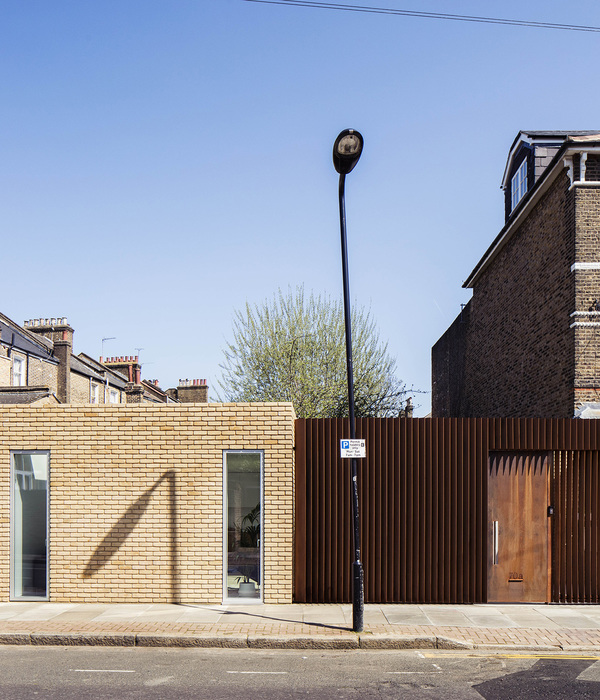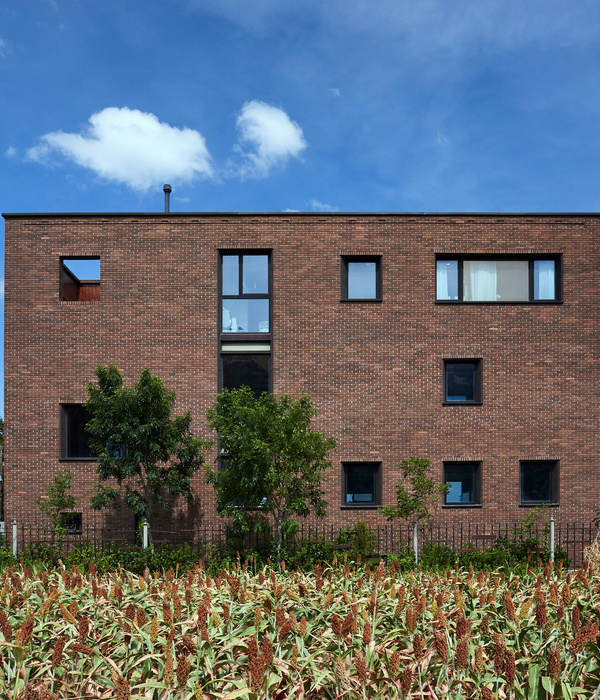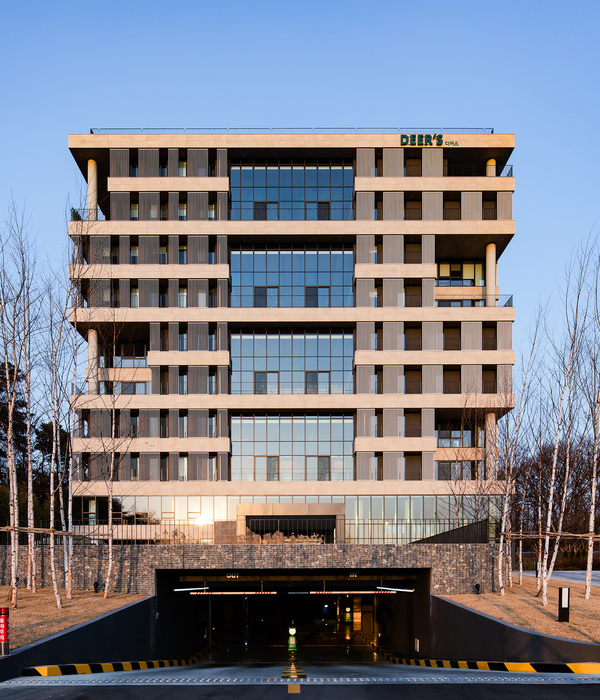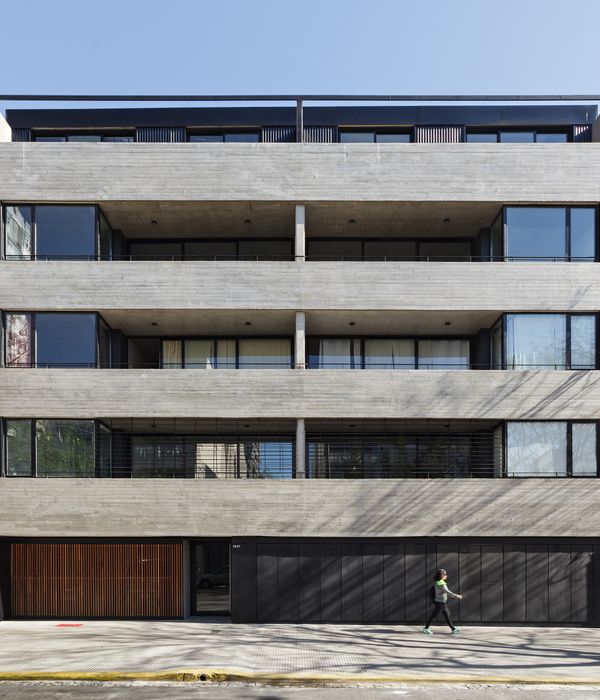Samarkand is located in Little Kingshill, just on the outskirts of Great Missenden, Buckinghamshire (known for being the home of Roald Dahl). The house stands alone on a 0.4 acre site and is 270m2, 4 bedroomed house, the existing brick house had been extended with the light grey plastic gable.
One of the key concept decisions for this project was should we knock down and start again or can we work with what we have? For this project we really believed that we could work with the original house creating a highly sustainable project through the virtue of retaining the existing. The client was keen to retain the existing if it was more cost effective than rebuilding. The client also has an environmental conscience and was keen to explore this route, recognising the sustainable benefits of doing so.
The developed brief was to create a contextual, contemporary family home that would help to prolong the design life of the existing 1970s house. The footprint of the house was to remain the same but additional floor area was to be gained by occupying the garage and reconfiguring the internal spaces in a more efficient way.
We wanted to create a house with more clarity of form, so we relocated the entrance between the brick and gable building, creating a glass link entrance. We also removed the section of roof between the gable and existing brick house creating to distinct forms, one remaining as the original reclaimed London brick and the other being clad in charred timber.
The existing 1970s house was a pretty uninspiring, poorly extended building that had not been updated for about 30 years. It is in Green Belt, but because we were not extending it this was not a challenge. However, it is in the Chiltern Area of Outstanding Natural Beauty, which states that any ‘proposal should conserve, where practicable and appropriate and enhance’. So, we needed demonstrate to the LPA that the new materials and design would conserve, contextualise and enhance. The planners were supportive throughout the pre‐application and planning application process.
The project is a relatively small project and so we didn’t have a services engineer or an environmental designer and so the environmental choices made were a combined effort between client and architect.
We insulated the ground floor, first floor and roof to reduce thermal loss. We changed all the windows and doors from single glazed to Velfac double glazed and we replaced the heating system, with underfloor heating at ground floor and radiators at first, improving the efficiency of the heating. We replaced the existing plastic gable end insulated the gable end building and cloaked it with charred timber cladding.
1970s/80s houses are plentiful around the country, so we wondered if there is a huge opportunity to improve the design life of many of these by applying a similar process as this project. Could this set a standard and inspire others to do the same?
{{item.text_origin}}












